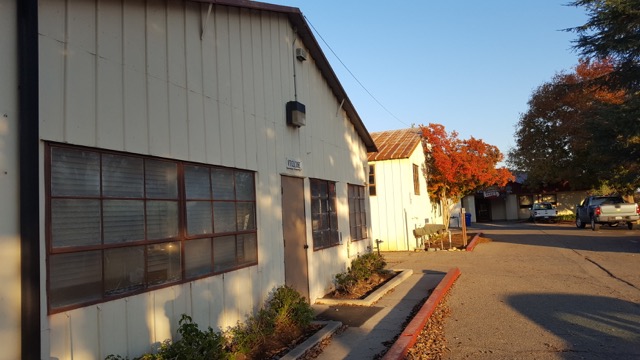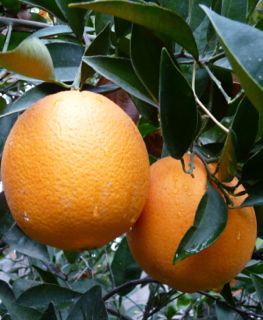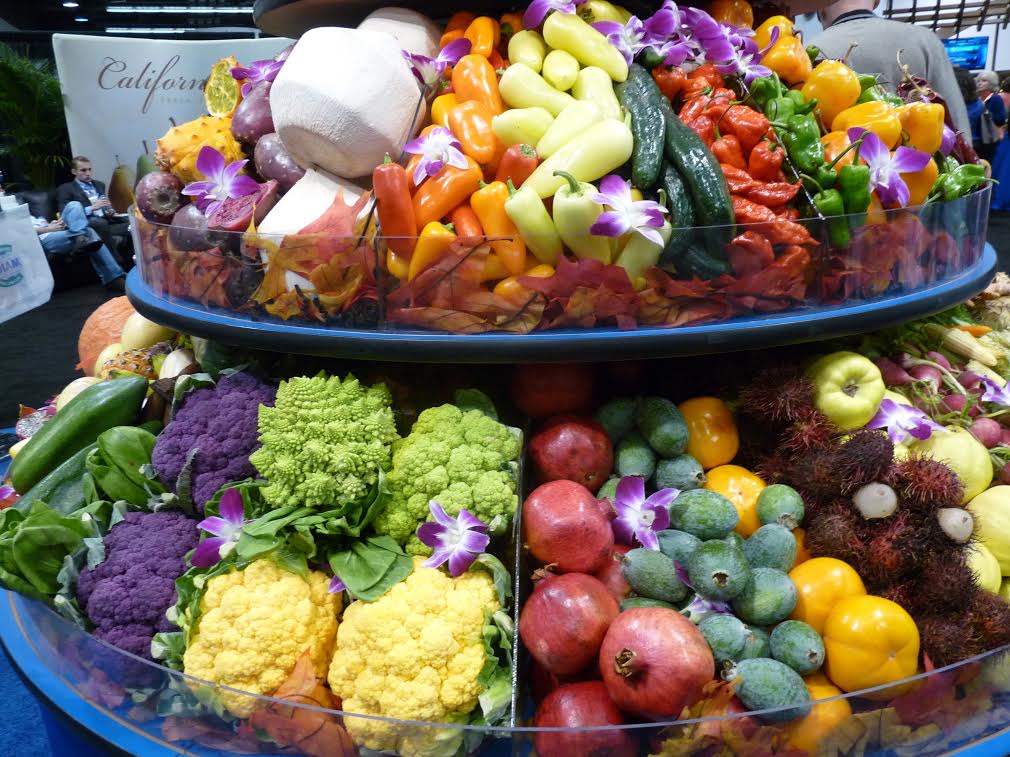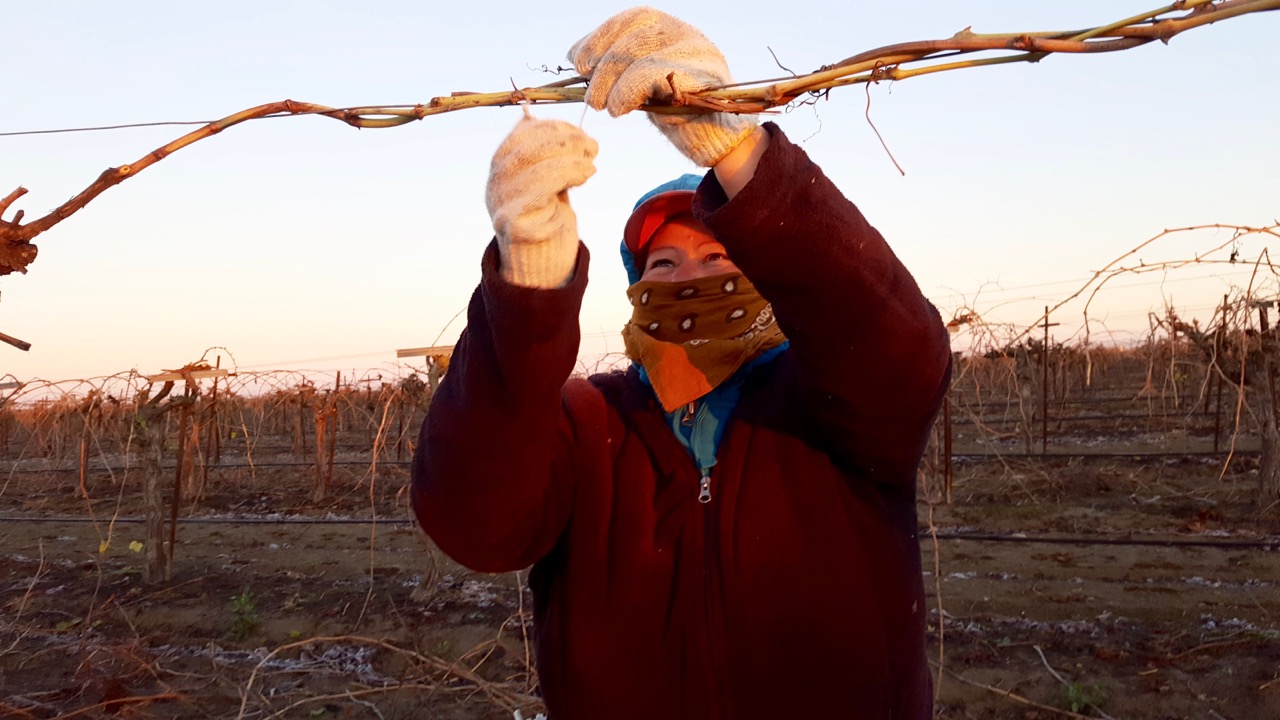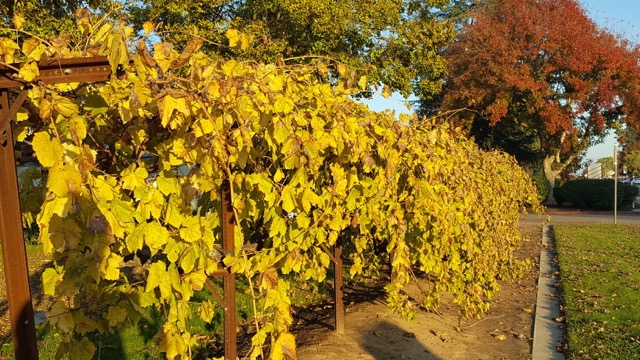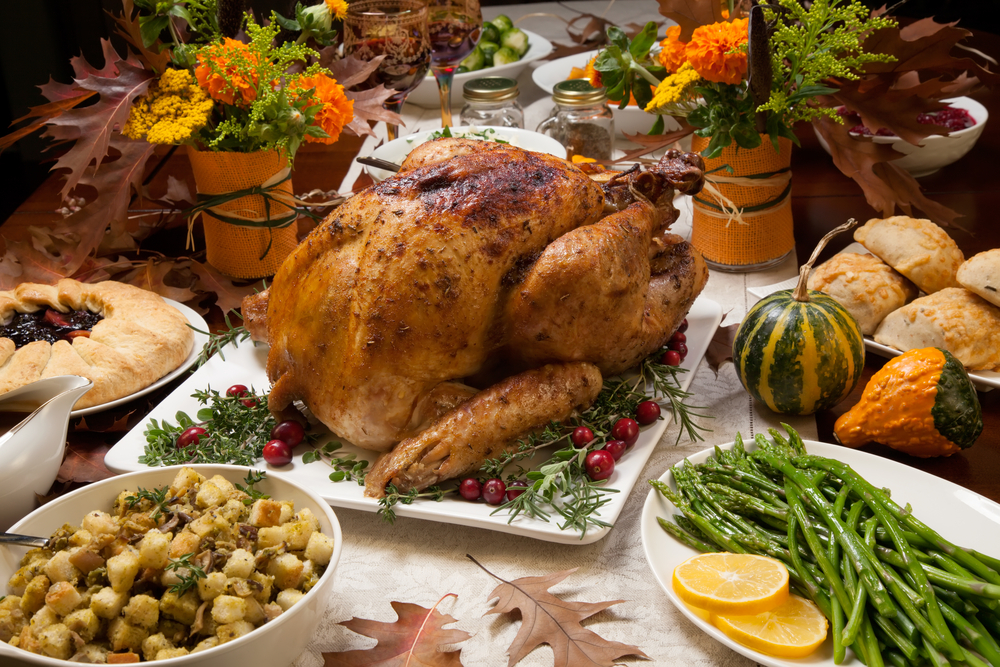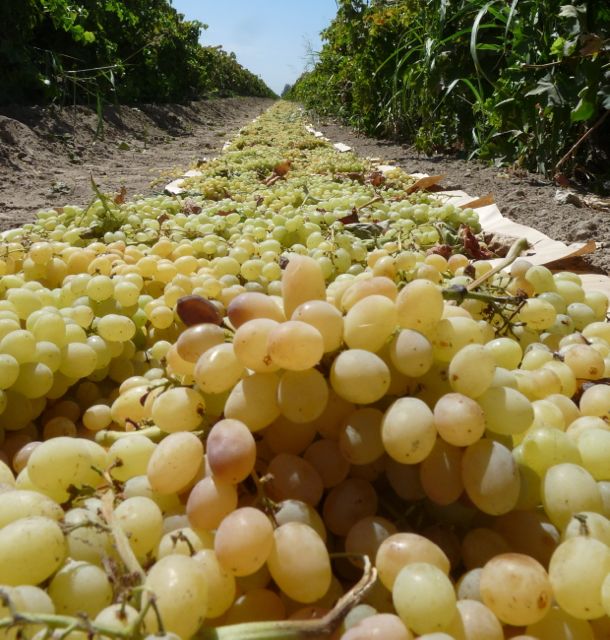Trees and Vines
New Chair Sought for Fresno State’s VERC
Viticulture Enology Research Center Seeks New Chair
By Jessica Theisman, Associate Editor
California Ag Today met with Dave Zoldoske, director of the Center of Irrigation and Technology and California Water Institute at Fresno State, about finding a chair for the VERC, the Viticulture Enology Research Center. This single position has many titles within it.
“You’re the department chair, faculty member, research director and a researcher. You think you’re busy – try to do those four jobs,” Zoldoske said.
With all of these responsibilities, one person would get stretched too thin in some places and excel in others. Eventually, the job was split in half to lighten the load. The position is now a research director’s position in enology and viticulture and does not require a PhD.
“A master’s with obviously some extensive research experience in the industry would be necessary to lead that,” Zoldoske said.
This is an opportunity for someone that is interested particularly in San Joaquin Valley viticulture because of the different variety of grapes. Many of the trellises are different, and the level of mechanization is much higher. Everything that plays a part for the San Joaquin Valley wine growers would be a focus point for this position.
“Certainly just because of our geographic location, that would be a big part of what that research portfolio might involve,” Zoldoske said.
This prestigious position is geared for somebody who wants to work in the wine industry as a research leader. This position offers growth within its own program.
“You are sort of untethered in the sense that [you can] make it everything you can make it, and just with this regional identity, right?” Zoldoske said.
Many major wineries located in the San Joaquin Valley are supportive of the Viticulture Enology Program at Fresno State and also serve on the advisory board.
“I think there’s just a lot of ups to this job and we’re real excited that it’s been split in half, so that we’ve got a pure researcher and then we’ve got someone on the other side that’ll be more academic with the department chair position and help with the teaching and other things,” Zoldoske said.

